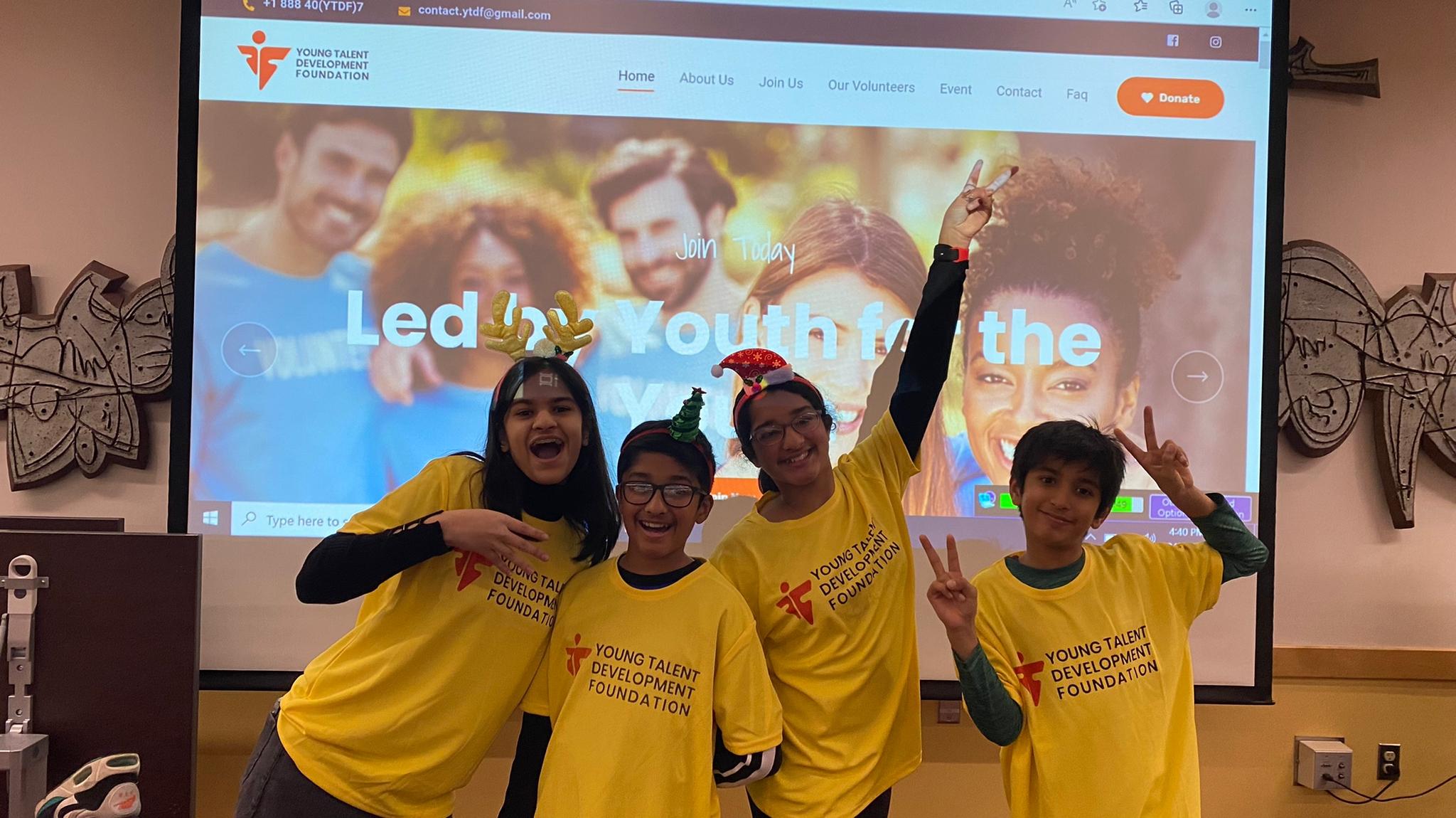Empowering young talent community members.
Work led by children, guided by families, for community impact.

Vision
To promote youths and prepare them to be future leaders that can bridge gaps between disparities. We believe every youth has an inert talent that can benefit society, and we create opportunities to identify and invest in that talent for societal well-being.
Mission
Enhance 'Talent' by providing youths with a 'level-up' platform where they can grow while exploring, learning, managing, and interacting with the community.
Impact
- Facilitate learning and opportunities for growth
- Improve communication and collaboration
- Expose to future college and career opportunities
- Be part of the community
Events
View all
ARTSci FLL Regional Qualifying Tournament and Festival
Sun Dec 14 2025 • Indian Lane Elementary School, 309 S. Old Middletown Rd, Media, PA 19063
A regional celebration of innovation, robotics, and creativity — where young minds compete in the FIRST LEGO League ‘Unearthed’ challenge, supported by YTDF and ArtSci. Also from the YTDF team Adi and Diya Iyer are leading the event
Chapters
YTDF Seniors
- Mentors, parents, and professionals who guide programs and keep activities safe
- Run mentorship and small-group coaching
- Join research and program reviews
- Give feedback on projects and elevator pitches
- Provide event supervision and logistics
- Time ask: 2–4 hrs/month, simple background check, mentor interest form
YTDF Youth
Student leaders who design and run initiatives across sports and STEM.
Focus areas:
- Sports: cricket and tennis skill development
- STEM: Science Olympiads, FIRST LEGO League (FLL), robotics
- Leadership: project teams, showcases, pitch practice
YTDF Women
- Mothers and mentors building opportunity and access for every family
- Host skills workshops and college-prep circles
- Coordinate rides, gear, and event support
- Lead girls’ initiatives in STEM and sports
- Help with fundraising and partnerships
Contact YTDF
Have a question or want to collaborate? We'd love to hear from you.